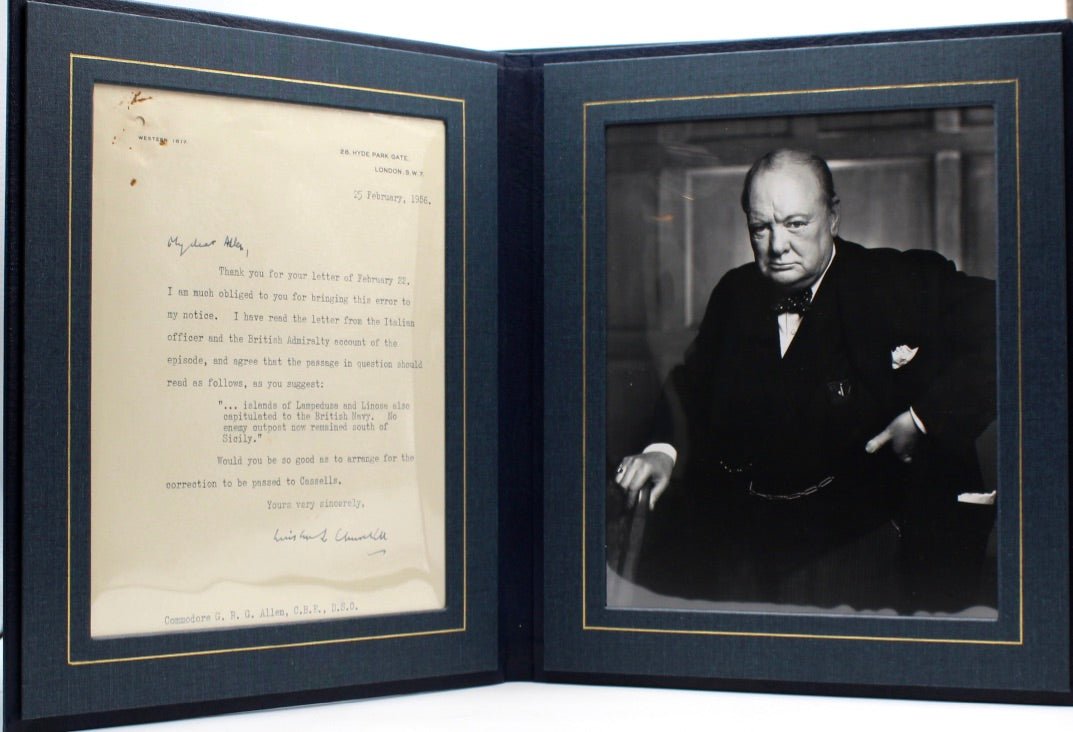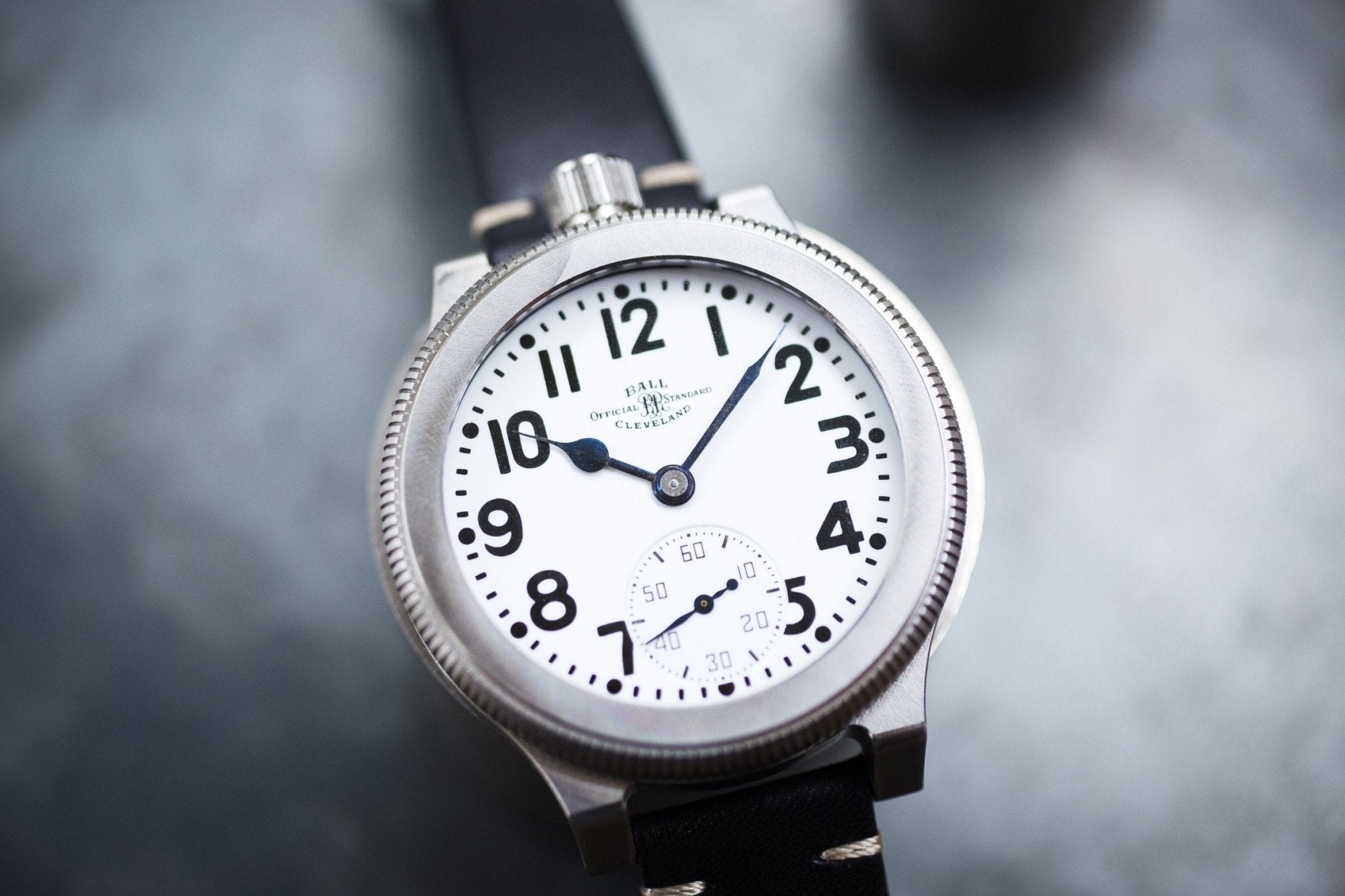Collecting Vintage Posters
Are you looking to collect original posters, but don’t know where to start? Follow along with us in this week’s blog to discover more about rare poster collecting. We can help you build the perfect collection!
Vintage posters are collected for many reasons; they are both beautiful to look at, and a fairly accessible collection item, for example. Posters can come in all kinds of designs, messaging, and sizes. Finding your perfect collection focus can be an easy way to get started in building your collection.
Designing your collection
As we’ve touched upon before, it is crucial to collect items that you enjoy to look at and display. For posters, these may be original war bond designs, travel merchandise, or a mix of obscure and informational posters.
Many of our collectors enjoy hunting down war bond posters from a specific era. WWI posters can be a great starting point, and come in many different designs. You may also choose to focus more on posters that highlight places around the world, like authentic airline or railroad travel posters. While these types of posters seem quite different from one another, you may also find similarities between the two, and choose to collect a wide variety that fit the styling of your home or office where you wish to display them.
Here are a few examples of posters that could match well together in varying collections:



Get in on the ground level
In terms of rare art collections, posters tend to be less expensive to collect than other forms of media. Posters can range in price, though pieces that were more frequently published, with many copies available today, can be more accessible in terms of price. Usually smaller posters, from artists that were not as well known, tend to be less expensive.
Understanding rarity is key. Since posters were printed as lithographs on very thin paper, they were not normally intended to last very long. Just as informational flyers are used today, these posters were often torn down after they served their purpose. Even though these advertisements were not necessarily seen as "art" as we consider them today, many of them were designed by famous artists of the time. The poster companies enlisted the expertise of famous artists such as Norman Rockwell, Howard Chandler Christy, and others, in order to draw attention to their cause. Pieces that remain today are now seen as art for the dynamic and alluring designs, which have lasted past their intended lifespan as cheaply printed ads.
Posters that were printed in smaller batches, or were very large and could have been easily ripped, can be more rare and expensive. When starting out with a collection, do some research in the poster artist, the time period in which it was made, and any information that you can find about where/how it would have been displayed. Understanding this information will allow you to comprehend the rarity, and thus understand a just asking price.
If you are interested in collecting original posters, many of the famous ones were printed in larger quantities, or in multiple periods in time. The famous “Uncle Sam, I Want You” poster was first issued in WWI by James Montgomery Flagg, though it was also republished during WWII to serve the same purpose. For a new collector, it may be worth it to start off with the more recent publishing, which will be much cheaper than the first, original edition. (We’ve sold both editions, and the WWI poster, framed, sold for over $14k, while the WWII poster, framed, went for just about $5k.)
How you can invest
Vintage posters can be significant investments. To ensure that your investment pays off down the line, it is crucial to consider a poster’s condition before purchasing.
Condition is a very important part of poster collecting. Due to the very brittle nature of the paper that was used to publish these posters, even slight damage can hinder the overall look and feel of the poster’s design. You’ll want to buy pieces that have very little, if any, damage.
While it is a good idea to look for pieces with no damage at all, it is not always so simple. Posters were very frequently folded up after they were printed, so that they could be handed off to be hung up all over the country. This is why most of the posters that you’ll find will have fold lines, which can impact the overall look of the poster if they were improperly stored. While collectors should expect a few fold lines on their vintage posters, keep an eye out for ones that have noticeable tears or discoloration along the fold lines. Pieces with minimal wear, or wear that does not impact the design of the piece, will garner a greater return on investment.
To ensure that your new acquisition will provide a decent return on investment, we recommend buying framed posters that have been framed according to conservation standards. This means that the poster will remain in the same condition as you found it, even in the face of sunlight or years of age. Conservation framing, which really only came about in the ‘80s, is the technique of utilizing conservation materials such as UV protective glass, linen backing, and acid free matting to preserve a piece. We frame almost all of our posters, always to conservation standards. For the few pieces that we do not frame, we can work with you to frame, according to your aesthetic preferences.
Let us help you find the posters of your dreams! No matter what you're looking for, we're here to help you discover all that the rare poster world has to offer. Contact us today for a consultation.








